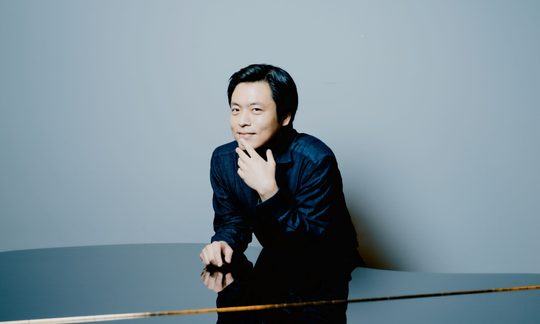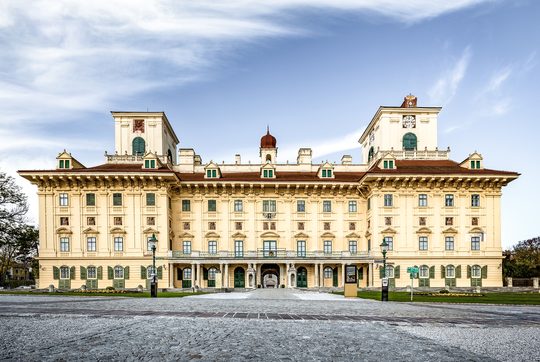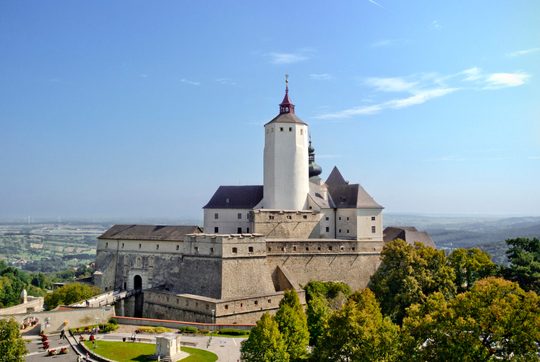Beethoven Piano Concerto Cycle II

Sunwook Kim, piano and conductor
Chamber Orchestra of Europe
Ludwig van Beethoven's five great piano concertos within 24 hours: This not only promises a uniquely intense, magnificent experience for the audience, but also represents a challenge that not many pianists can feel up to. The internationally acclaimed Korean musician Sunwook Kim is one of them - and even takes on this task in the dual role of soloist and conductor of the Chamber Orchestra Europe. Under Mozart's own pianistic hands, the piano concerto had developed into the most ambitious genre of concertante instrumental music in Viennese classical music - but even the young Beethoven knew how to assert himself against his overpowering role model and then lead the piano concerto to hitherto unheard-of greatness. Pomp and panache, tragedy and wit, intimacy and drama: Beethoven's five piano concertos encompass the whole world of the classical dialog between piano and orchestra, reaching into romantic realms.
Click here for part I.
The second concert of the cycle features the dramatic third, which works its way out of darkness into the light, and the festively radiant fifth, in which pomp, intimacy and dancing elan come together like in a glorious fresco: In each of his five major piano concertos, Ludwig van Beethoven realizes a specific characteristic of the work, says in the interplay between the virtuoso solo voice and the eloquent orchestra, each has its own story in tones. Things get stormy in the Piano Concerto No. 3, which is in the fateful key of C minor: burning pathos, rebellion and wild fights, but also pain, are followed by an otherworldly weightlessness, before C minor returns in the finale in a capricious, stubborn manner, but eventually all tensions dissolve into cheerful C major. Beethoven's heroic E flat major is occasionally overshadowed in the Piano Concerto No. 5 but is essentially the occasion for brilliant victory celebrations again and again: the old concert principle, which saw piano and orchestra in a virtuoso competition, is replaced and both partners are jointly subjected to the unifying symphonic principle.
With friendly support by







